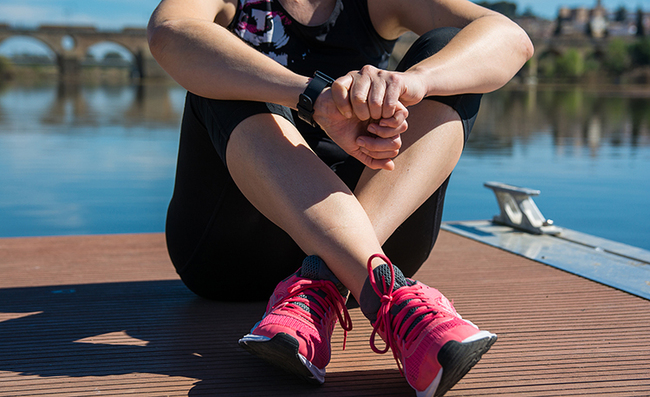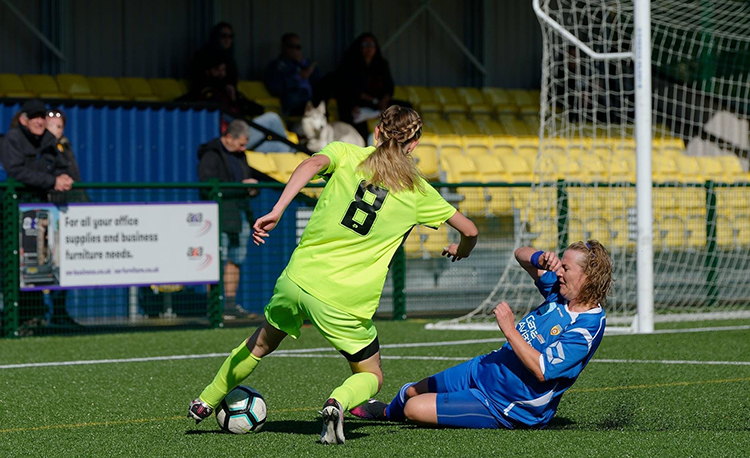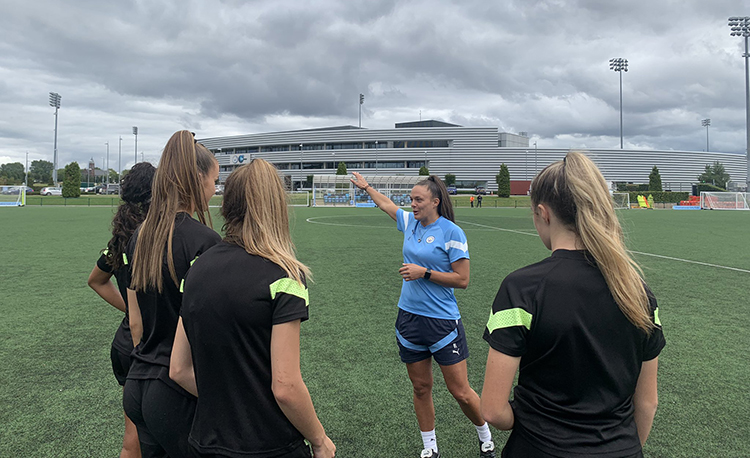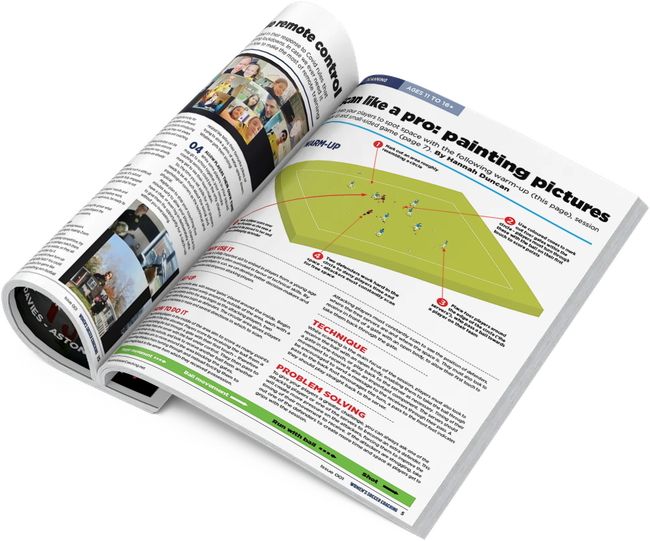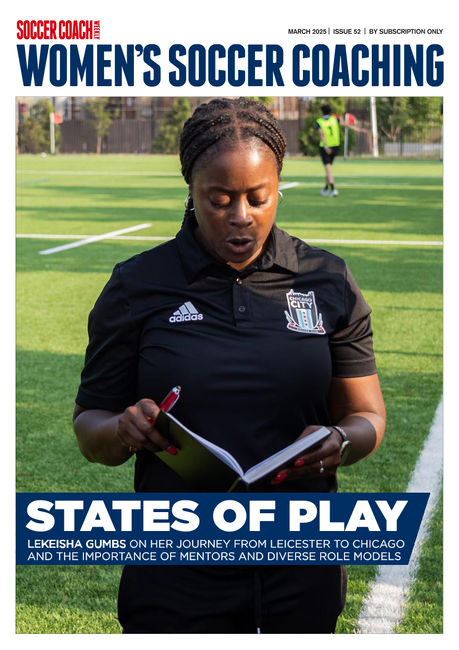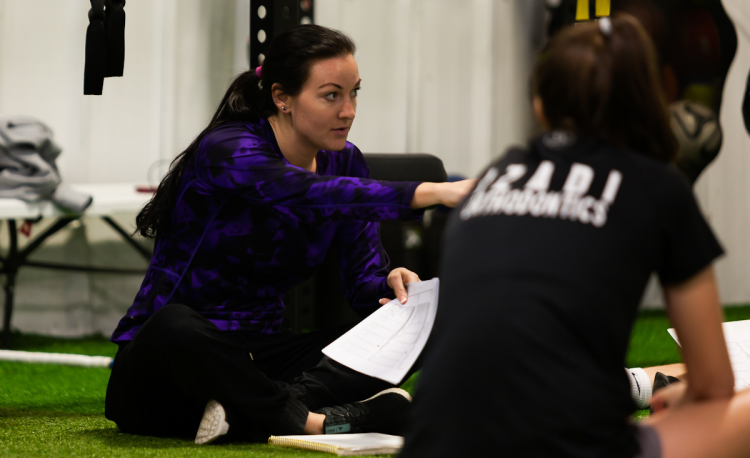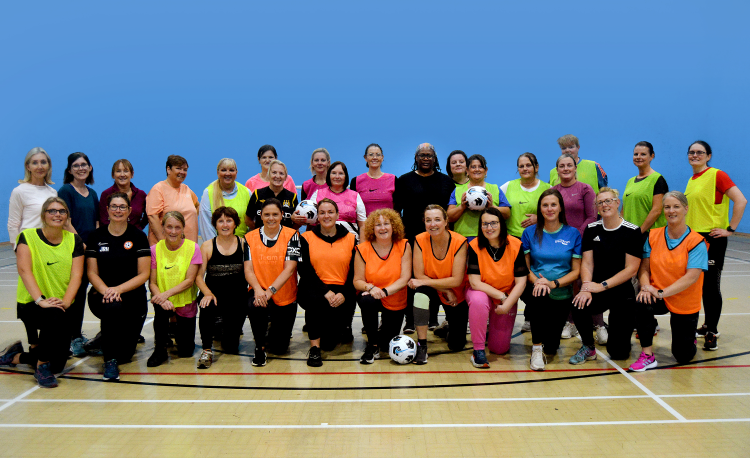You are viewing
1 of your 3 free articles
Advice for training with endometriosis
Using expert opinion from medical professionals, Joanie Cox-Henry lays out five broad tips on how to minimise uncomfortable symptoms while exercising
Endometriosis affects one in 10 women during their reproductive years.
According to Tracey Haas, family physician and interim executive director of the Endometriosis Foundation of America (EndoFound), exercise offers many benefits for those suffering with the debilitating condition.
She also acknowledges that proper fitting period products are a must-have for all women, especially athletes.
“Many women have anxiety about access to menstrual hygiene products while training – so it’s important to have a stocked facility near by the training center,” Haas says.
“Many women do not feel comfortable using bulky products, like large pads, while doing intense exercise.
"We are lucky that products like period underwear are widely available and can be doubled up with tampons or menstrual cups – whatever you are comfortable using.”
Stevie Kremer - a world-class professional mountain runner and team captain for EndoStrong, the New York City Marathon runners for EndoFound - also emphasizes how crucial it is to understand that each woman is unique.
“Every woman’s body is different and there is no manual on how to train and deal with the not-so-fun side effects of being a woman, like menstrual cramps,” Kremer says.
“As an athlete, I feel it’s important to know your cycle, and while some athletes are able to keep a consistent cycle, others may not be able to.
"While cycles vary, cramps also differ for all women. Personally, I have found exercise to be the number one reducer of cramps.
"The initial steps of a run are not comfortable - but as soon as I get into the rhythm of my running, the cramps disappear.”
Here are five pieces of advice coaches can share with their players who suffer with endometriosis, to help them score relief from pain and get back in the game.
Stay Active, Strong And Flexible
“This can improve circulation throughout the body, while also keeping the mind from being overly focused on pain – which can otherwise be debilitating for women with endo,” Haas says.
"There is no manual on how to train and deal with the effects of menstrual cramps..."
“Each woman is different – and the exercises they prefer is different. My best advice is to maintain your best fitness level throughout the month, and during the tougher days of endo, take it easy at first and build on your exercise slowly.
"Some days, just lying in bed and doing deep breathing - which can relax the pelvic floor - may help get you to the next step.”
Haas also recommends taking a hot shower and doing some light stretching, yoga or Pilates moves to warm up.
“Once you’re warmed up, and if you’re able to push a bit more, go for a light walk for 15 minutes – then decide if heavier training is possible that day or not,” Haas says.
“Some may not be able to tolerate the jarring motion of running – but can ride a bike, lift weights or row. This is highly variable for each person.”
Keep Tabs On Your Cycle
“There are several apps that can help people track their cycle and symptoms, but it can be as simple as keeping a table-top calendar - anything that allows you to plan for the days that historically can be rough,” Haas says.
“It is not just tracking pain, but flow, irritability, bowel symptoms, fatigue; these apps can also help track dietary changes – what helped, what didn’t – so over time you can learn about yourself, track what is working and maximize it.”
Set Better Nutrition Goals
“Dietary concerns can be important for some with endometriosis,” EndoFound’s Scientific and Medical Director Dan Martin, MD, says.
“Diets include a diet low in fermentable carbohydrates, called the low FODMAP diet, particularly when they also have irritable bowel syndrome or small intestine bacterial overgrowth.”
The low FODMAP diet includes avoiding dairy-based milk, yogurt, ice cream, wheat-based cereal, beans, lentils, apples and peaches.
“Diets that are high in antioxidants can also help control inflammation," Martin says. "These include broccoli, carrots, potatoes, spinach and artichokes.”
Don’t Skimp On Sleep
“The circadian system is responsible for many physiological functions, including body temperature, heart rate, hormone secretion, and regulation of the sleep-wake-cycle,” says Emily E. Schmitt, Ph.D., an Assistant Professor of Kinesiology and Health at the University of Wyoming.
“One way to restore normal circadian function is to get plenty of sleep on both weekdays and weekends.”
Schmitt adds that sleep deprivation decreases the secretion of sex hormones like estrogen and testosterone, as well as excessive hypothalamic-pituitary-adrenocortical activation, which can cause menstrual cycle irregularities.
She further explains that poor sleep quality or short sleep duration have also been known to cause irregular menstrual cycles.
Although it can be tempting to sleep in on the weekends, Schmitt warns it can lead to negative health consequences over time.
Instead, she advises that going to bed and getting up at the same time seven days a week can help restore sleep duration and quality.
“We know exercise is important to ward off things like cardiovascular disease and some forms of cancer, but more and more convincing evidence shows strong relationships between exercise and proper circadian alignment,” Schmitt says.
“Exercise can help balance your hormones, contributing to the regulation of the sleep-wake-cycle which could lead to a more regular menstrual cycle and balanced circadian functioning.”
Listen To Your Body
“One of the initial things exercise can do with endometriosis is make the pain worse,” Martin says.
“So, you have to take it slow and make sure that you’re paying attention, so that in the process of trying to do all this, you don’t make yourself hurt more than you would otherwise.
"It doesn’t make the endometriosis worse, but it stresses things.”
Martin also explains for those experiencing endometriosis pain to consult their physician.
“It’s also about making sure you get the right doctor," he says. "You need someone who is listening to you, who understands what endometriosis is and takes it seriously,”
Related Files
|
About the Endometriosis Foundation of America
|
Newsletter Sign Up
Newsletter Sign Up
Discover the simple way to become a more effective, more successful soccer coach
In a recent survey 89% of subscribers said Women's Soccer Coaching makes them more confident, 91% said Women's Soccer Coaching makes them a more effective coach and 93% said Women's Soccer Coaching makes them more inspired.
*includes 3 coaching manuals
Get Inspired
All the latest techniques and approaches
Women's Soccer Coaching offers proven and easy to use soccer drills, coaching sessions, practice plans, small-sided games, warm-ups, training tips and advice.
We've been at the cutting edge of soccer coaching since we launched Soccer Coach Weekly in 2007, creating resources for the grassroots youth coach, following best practice from around the world and insights from the professional game.
